You have no items in your shopping cart.
01
Aug
Where Does Cotton Come From?

Cotton is grown in warm climates. Tropical and subtropical regions of the world like India, Egypt, Southern United States, Uzbekistan, and China are producing most of the cotton.
The cotton plant is grown from seeds and we get fabric from its flower. The plant produces balls of fluffy white fibers known as ‘lint’.
In the olden days before mechanization, cotton was handpicked. Today, the high-quality cotton that is used for premium fabrics is still done this way, since mechanized harvesting can be rough and cause damage to the lint and therefore produces a rougher, courser texture.

Natural cotton is a renewable and sustainable resource on our planet. This eco-friendly movement is big in our world today and with good cause. Our landfills are clogged with chemicals and other man-made substances, and we as a population are coming to realize that while it may be cheaper to use the man-made materials, it does come at a high price to our home-world and our health. So, it is only natural to ask, ‘Where does cotton come from?’. Read on to learn more.
Origin of Cotton
More than 100 countries are participating in cotton production but the origin of cotton is in India and Pakistan. Cotton was first cultivated in Indus Delta. There are some research and study that was held. That says 6000 B.C. cotton was used there. In South Asia you can get enough cotton there are many producers but the finest cotton you will get in Egypt because that is hand-picked and pure cotton.
Where Does Cotton Come From Actually?
- Cotton Production by countries: China, India, United States, Pakistan, Brazil, Uzbekistan, Australia, Turkey, Greece, Egypt, etc.
- Cotton Production by States In USA: Texas, Georgia, Arkansas, Mississippi, North Carolina, Alabama, Tennessee, California, Missouri, South Carolina, Etc.
Is Cotton a High Yield Crop?
In order to answer the question of where does cotton come from, one must understand that it is a major source of income for growers. In the U.S. the average is approximately 1 ½ bale of raw cotton per acre and 1,070 pounds of seed. In the U.S. a bale is considered to weigh approximately 500 pounds.
This amount has doubled since the 1950s. This increase in yield is credited to better land use, improved plant varieties, mechanization of farming methods, better fertilization, and better control of pests.
How Does Cotton Go from Lint to Fabric?
The making of the fabric that we all know today requires several steps. The cotton lint is combed, and the seeds are removed before the fibers are woven into lengths. The lengths are spun into threads, and finally, the threads are woven into fabrics before dying, cutting, and being made into cloth.
Prior to the invention of the cotton gin, which is believed to revolutionize farming over a century ago, all of the steps involved in cotton production were very labor-intensive. From picking to combing, from spinning to weaving, all steps were done by hand. If you asked where does cotton come from a hundred years ago, the answer would be very different than it is today.
What is cotton used for?
- Industries: Hospital, Canvas Painting, Papers, Mosquito Nets, Fish Nets, etc.
- Bedroom: Sheet Sets, Duvet Sets, Bed Sheets, Bed Covering, Bedding Shams, Furniture Covers, etc.
- Bathroom: Bath Sheet, Bath Towel, Hand Towel, Face Towel.
- Home Decor: Curtains, Cushions, Carpets, Etc.
- Men's and women's Wean: Shirts, Pants, T-Shirts, Pyjamas, Underwears, Etc.
Conclusion
Cotton fabric is making a comeback in today's market. It is extremely versatile and can be used for anything from clothing to bed linens. Before the day of manmade materials, there were little other choices when it came down to making any of these items. We hope you understand clearly about, Where Does Cotton Come From and what is it used for.



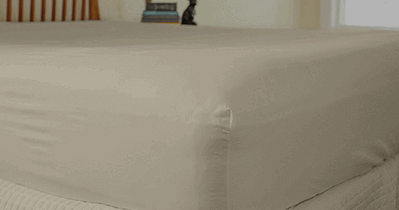
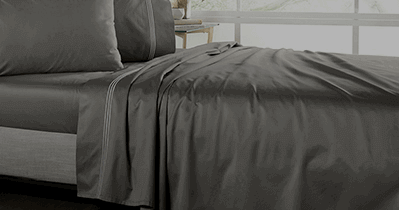

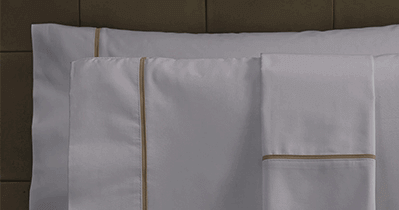
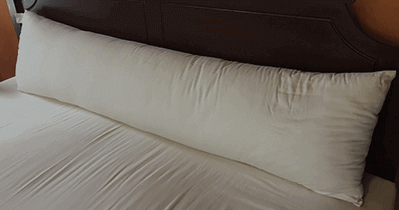
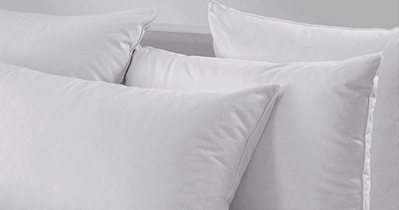
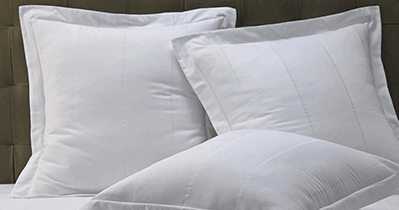

← Older Post Newer Post →
Related Blogs
How to fall asleep quickly?
What is a Zero Gravity Bed?
What Colors are calming for a bedroom?
October Colors
September Colors
August Colors
July Colors
June Colors
May Colors
April Colors
February Colors
December Colors
Best Type of Sheets For Hot Sleepers
Difference Between Duvet and Comforter Covers
What is Polyester Used For?
Can You Iron Polyester Curtains?
Bedding Size Chart USA
What is a Duvet Cover Bedding?
How to Wash Satin Pillowcase?
How to Wash Satin Sheets?
How to Use a Pillow Sham?
How to Dry Bamboo Sheets
How to Wash a Weighted Blanket?
How to Dress a Bed?
How to Choose a Duvet Insert?
How to Sleep 8 Hours in 4 Hours
Breathing Problems While Sleeping
California King Sheet Size
How to Sleep On Your Back Properly?
Does Tencel Shrink?
King Bed Sheet Size
Queen Sheet Sizes in Inches and Centimetres
Belgian Linen Flax
Rash From Bed Sheets
TWIN BED SHEET SIZES
WHAT IS A BED SKIRT?
What is Round Sheet Set?
What is Beddings?
Cotton Fibers
Linen Vs Cotton
Cotton Vs Viscose
What is cotton Blend?
What is Split King Sheet
Does Rayon Shrink?
Can You Iron Polyester
0 comments